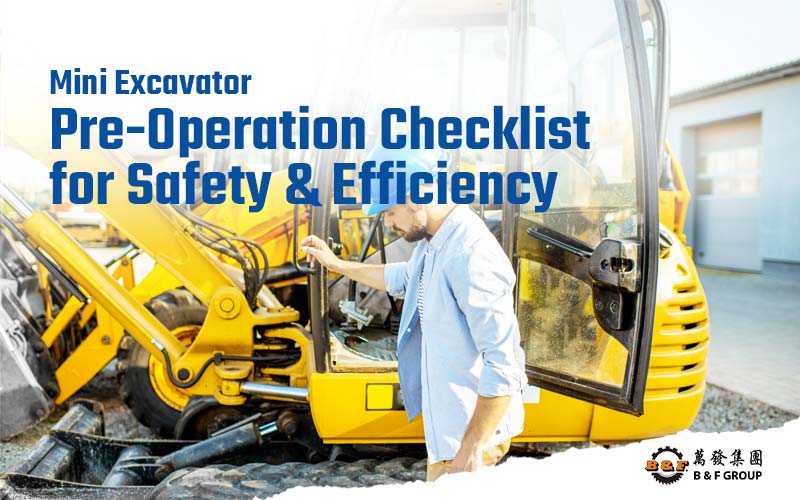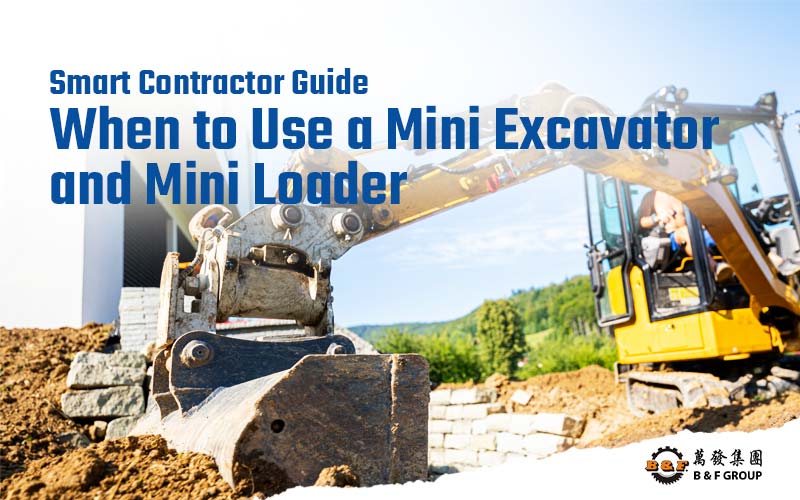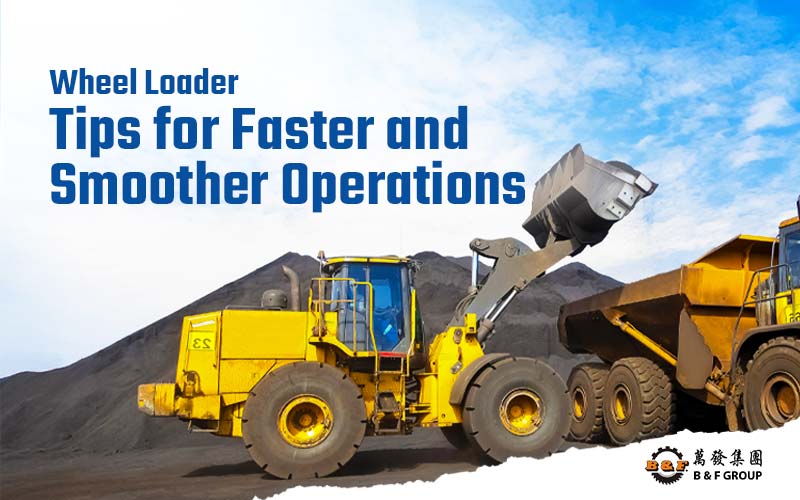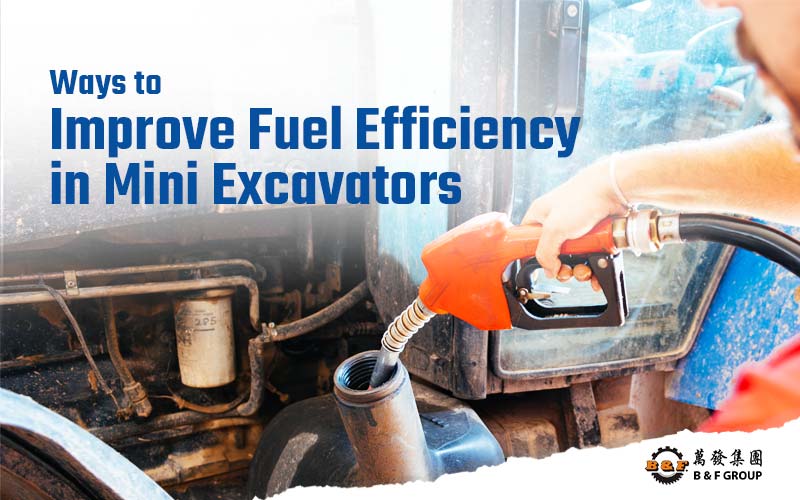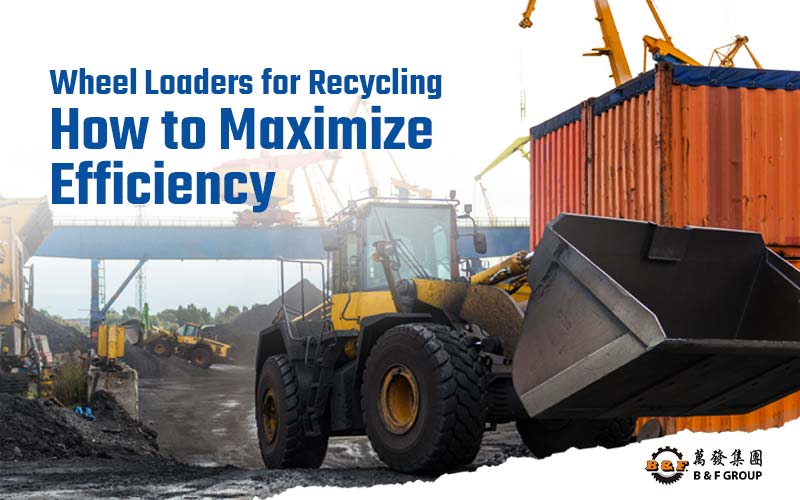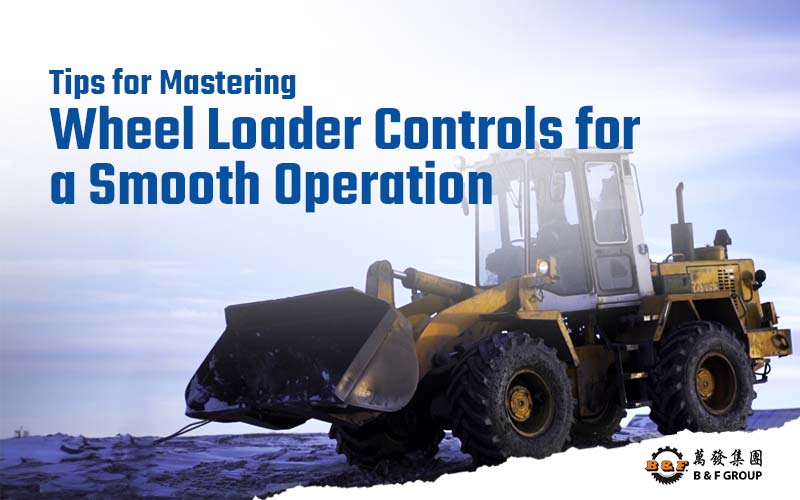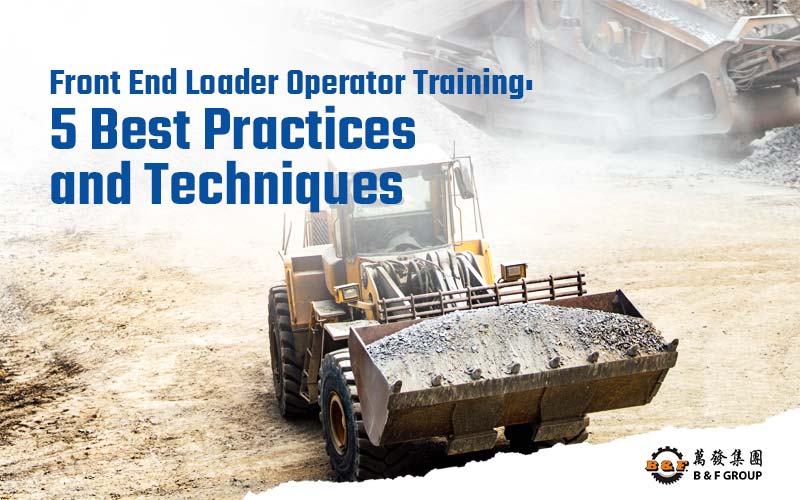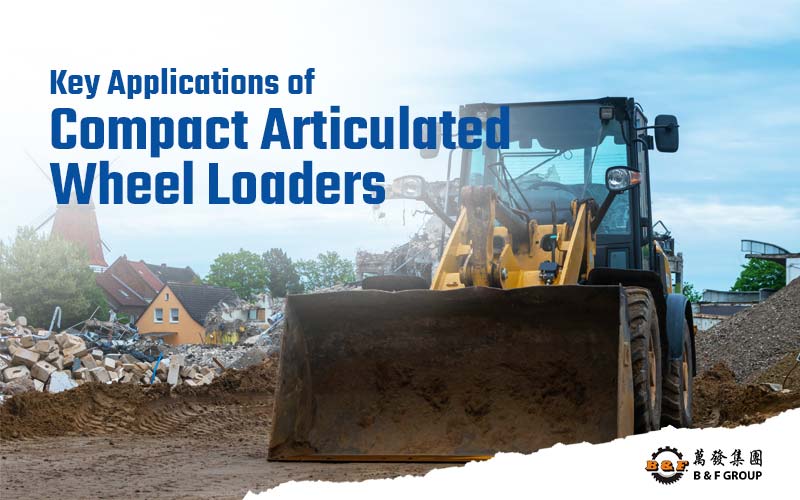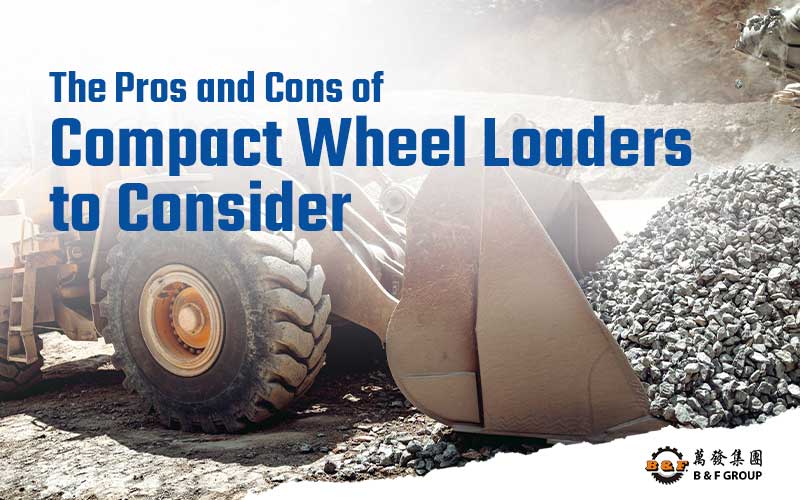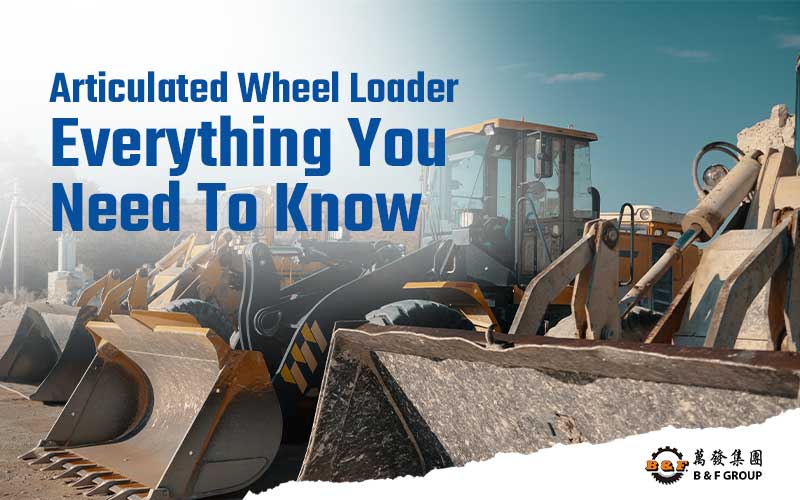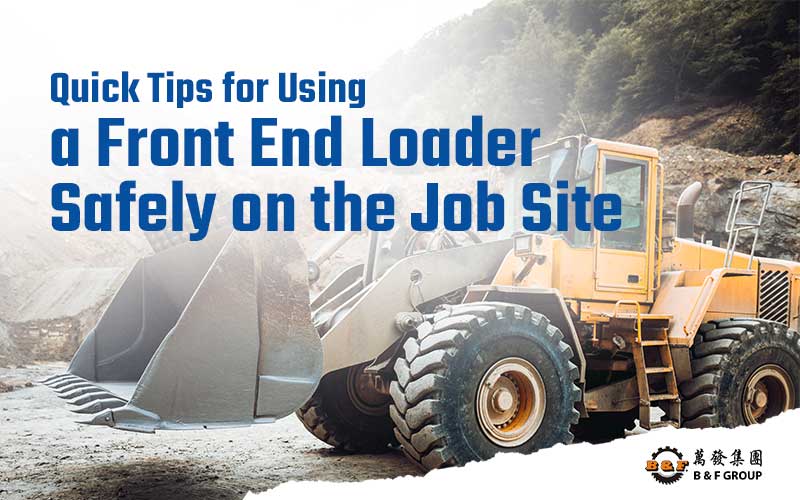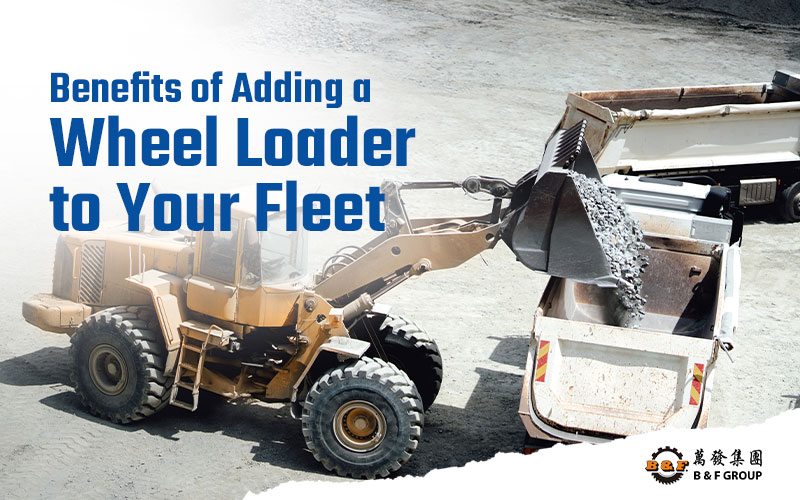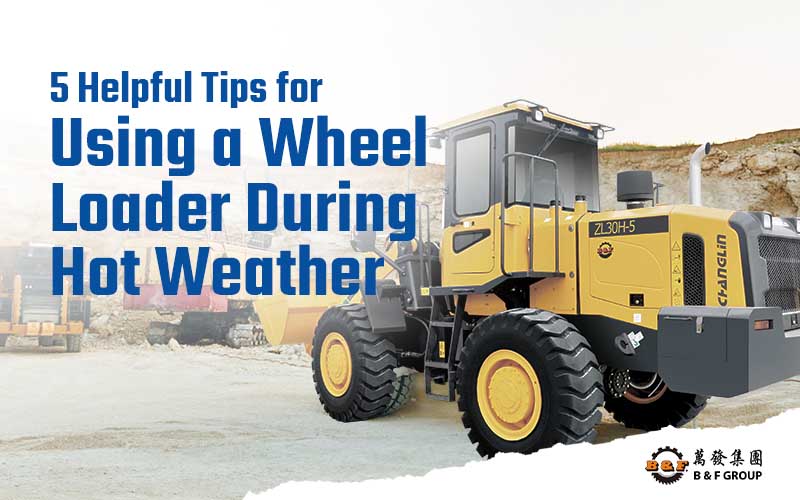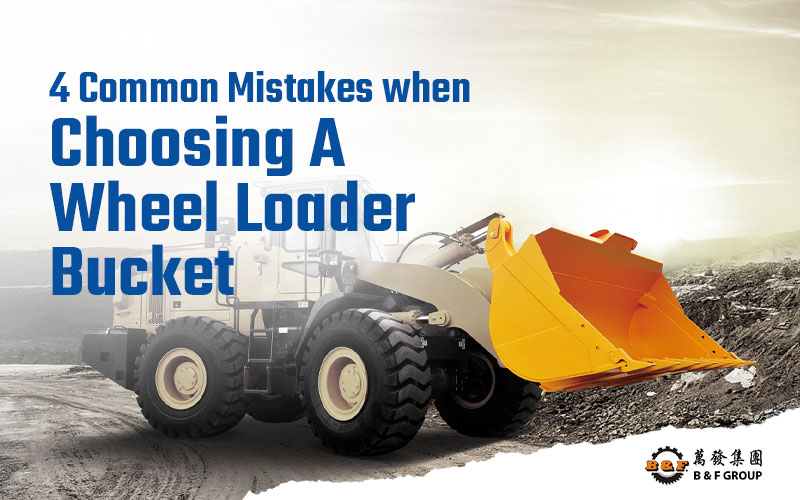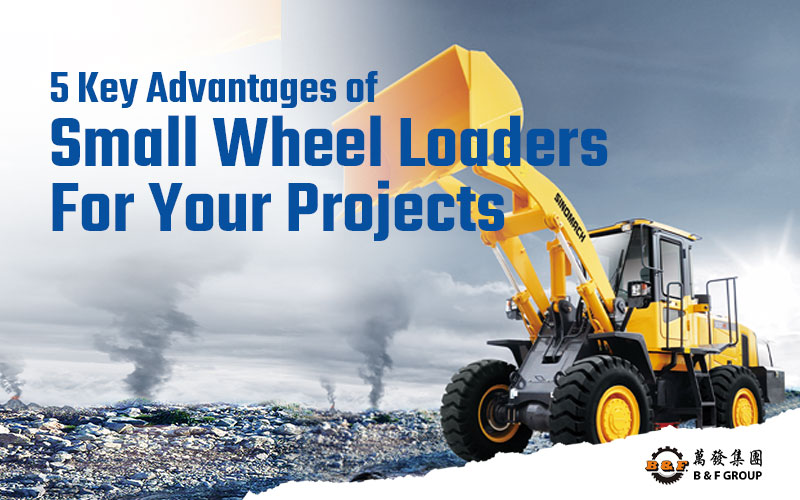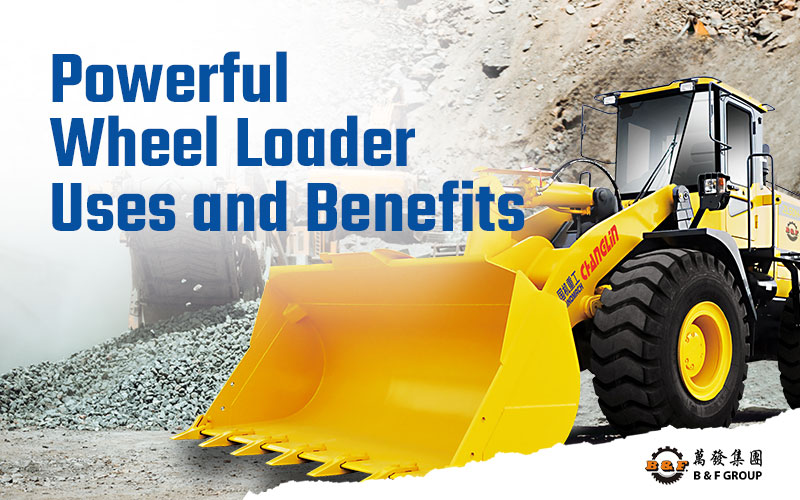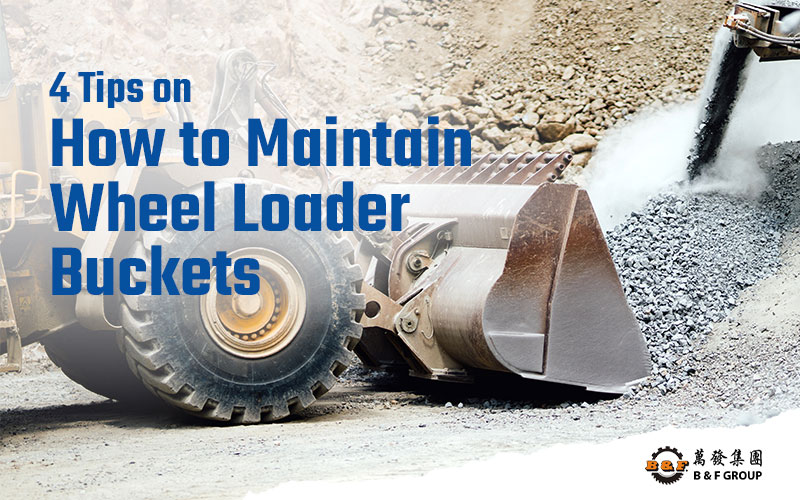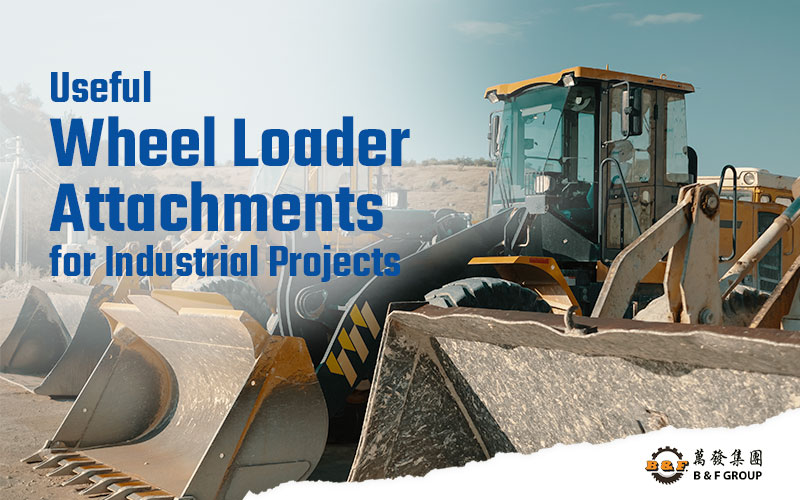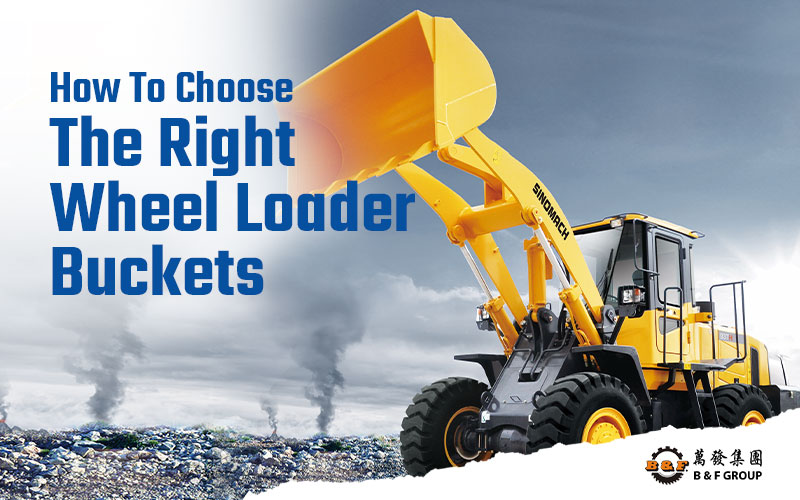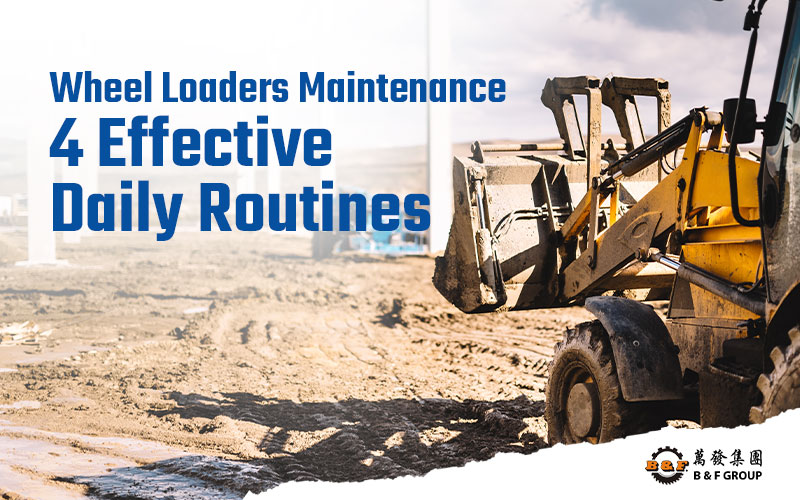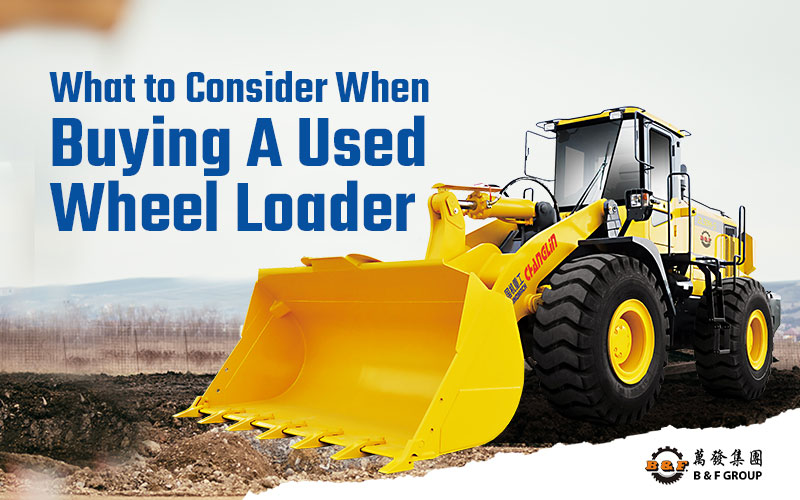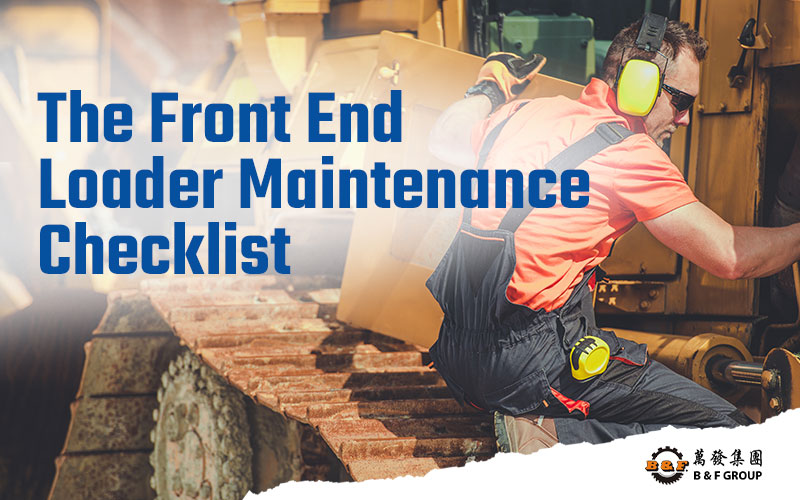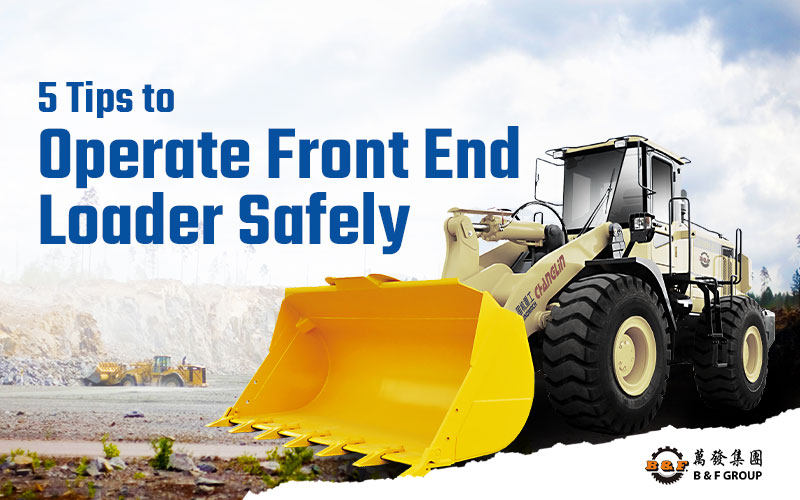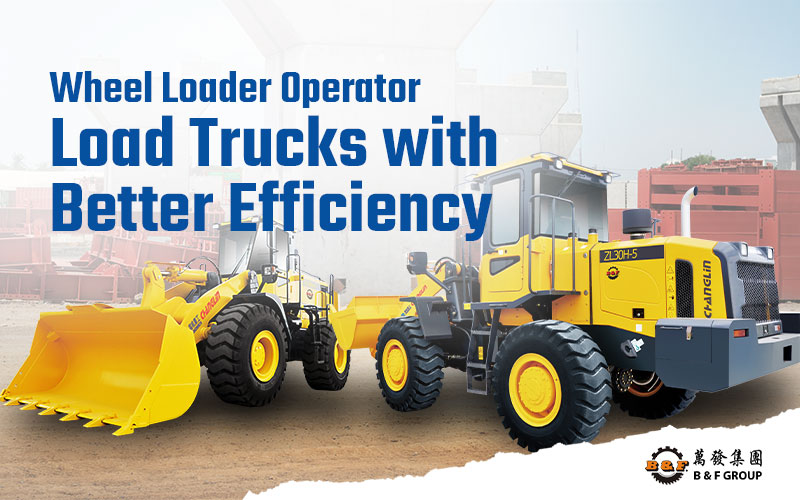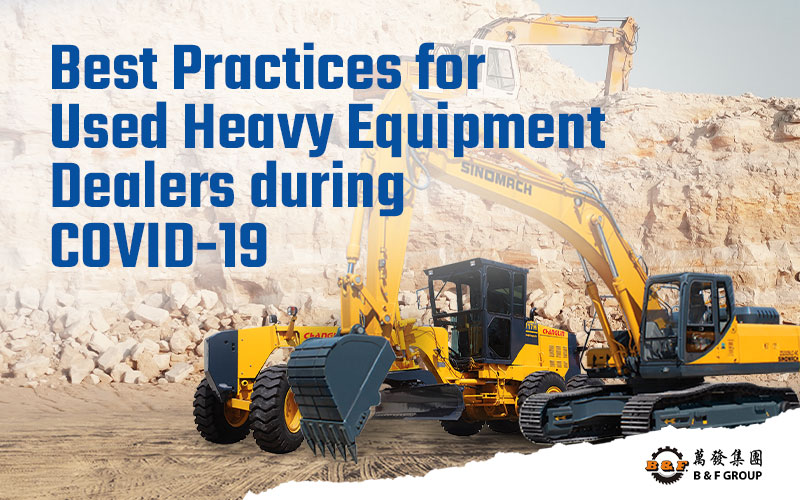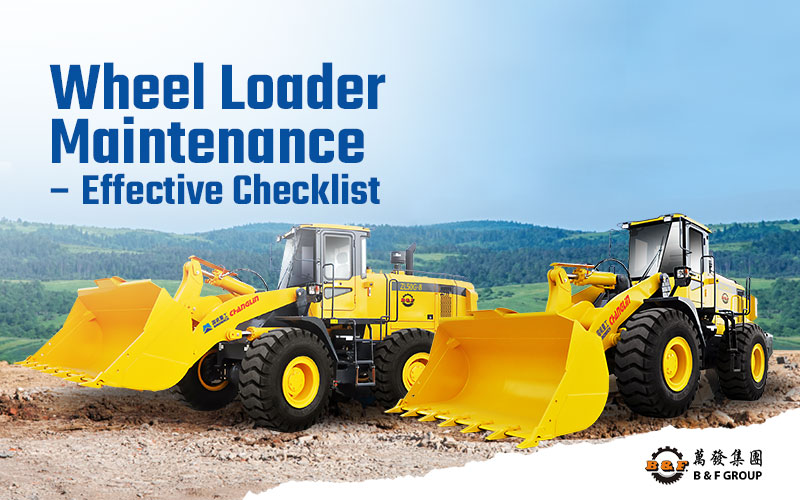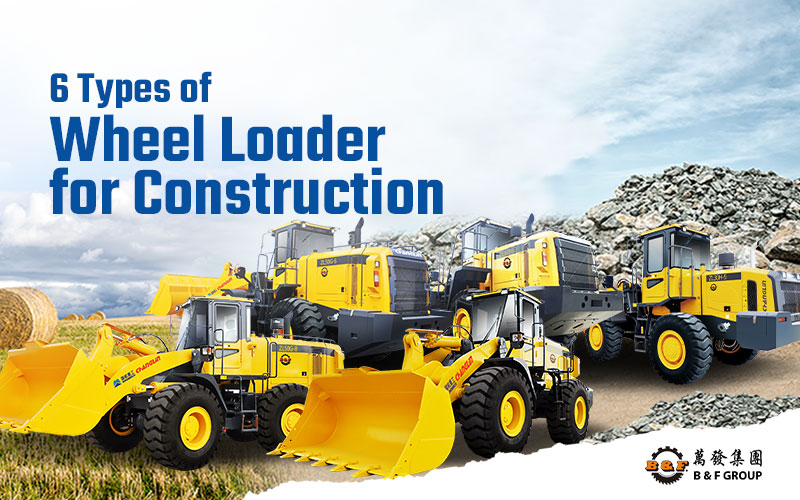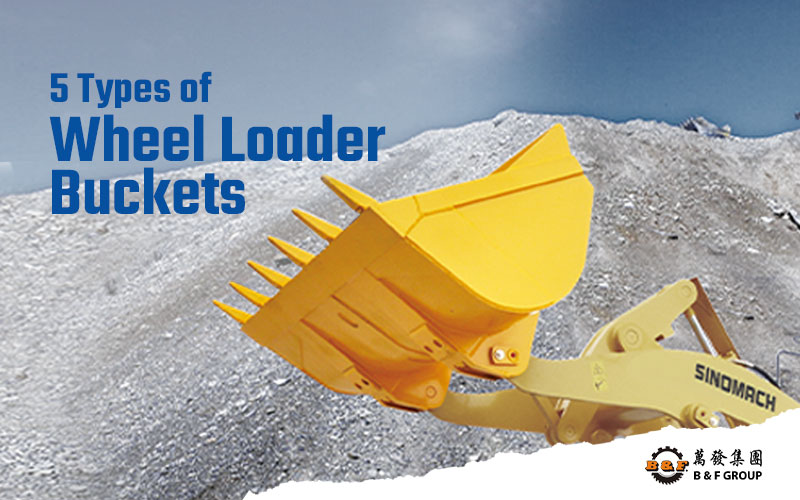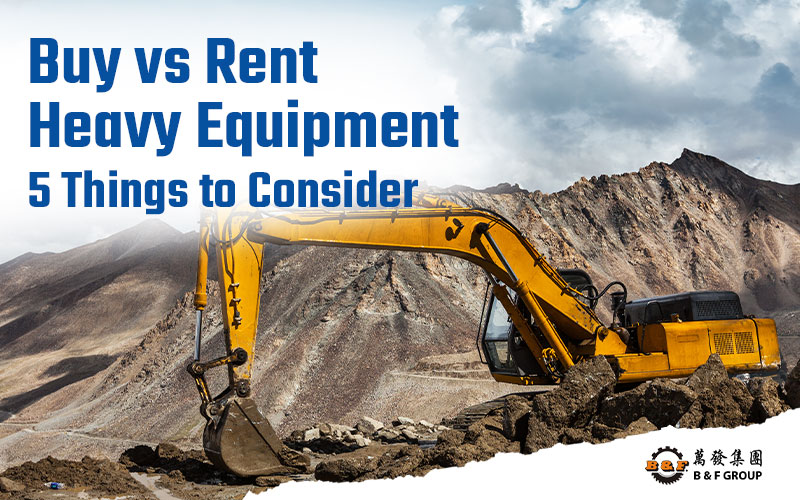
A mini excavator pre-operation checklist is vital for all operators before they start work.
To operate heavy equipment safely and efficiently, you need more than technical skills. You must also focus on careful inspection and preparation.
Take time to go through each step. This helps you find issues early, avoid costly downtime, and keep the job site safe.
No matter if you’re an experienced operator or new to the machine, sticking to a routine helps you stay reliable and productive.
Make the mini excavator pre-operation checklist part of your daily workflow to protect both your investment and your crew.
1. Walk-Around Inspection
Before starting the engine, take time to walk around the machine.
This lets you spot any visible damage, leaks, or dangers that may impact performance or safety.
To begin with, check the machine’s body and all attachments for mini excavators for cracks, dents, or signs of wear.
Also, make sure couplers, quick hitches, and buckets for mini excavators are secure and don’t have too much movement.
Scan the hydraulic hoses and cylinders for leaks, cracks, or frays. A leaking hydraulic system can quickly escalate into costly repairs.
2. Fluid And Component Checks
Fluids are the lifeblood of your mini excavator.
If fluid levels are low or contaminated, it can lead to overheating, poor performance, and mechanical breakdowns.
Pull the dipstick and confirm that the oil is within the recommended range. Look for signs of contamination, such as frothiness (water) or grit (dirt).
Lubricate all pivot points and joints. Regular greasing reduces wear and extends the life of moving parts.

3. Inside The Cab Checks
A clean, functional cab ensures operator comfort and reduces distractions while working with different types of mini excavators.
Confirm the seat is secure, properly adjusted, and comfortable. Inspect the seatbelt for frays or damage, and make sure it latches smoothly.
Check that the operator’s manual and safety instructions are available. Fire extinguishers or first-aid kits should be within reach.
Visually inspect joysticks, pedals, and switches. They should be neutral and free from visible damage.
4. Operational Checks
When all visual inspections are done, start the engine and carry out the functional tests.
This ensures the machine responds correctly under operating conditions.
Turn the key and watch for a smooth engine startup.
Monitor gauges for oil pressure, fuel, temperature, and warning lights. Abnormal readings should be addressed immediately.
Test the joysticks and pedals to confirm the smooth movement of the boom, arm, bucket, and swing. Controls should respond precisely without sticking.
Check that all alarms, such as backup alarms, horns, and warning buzzers, are working correctly. These are critical for alerting nearby workers.

Boost Productivity With A Mini Excavator Pre-Operation Checklist
In short, the mini excavator pre-operation checklist is essential when working with different types of mini excavators.
For reliable machinery, the best mini excavators, and trusted support in Malaysia, connect with B&F Group today.





